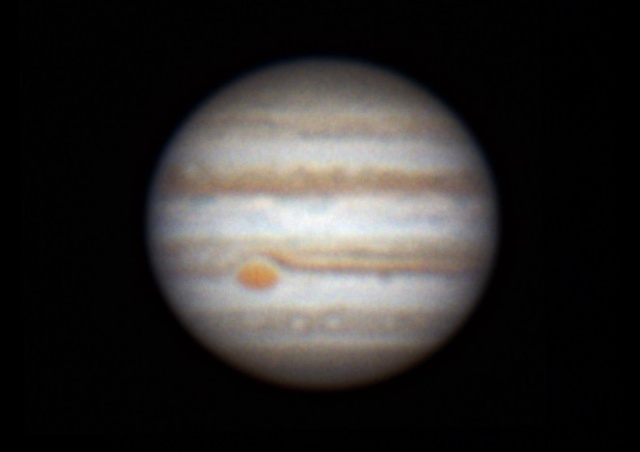Jupiter and Winter Celestial Observation Meeting

Let’s observe Jupiter with one of the largest telescopes in Japan!
Observe Jupiter, which is at its best during this season, along with other recommended celestial bodies for winter. Using the country's largest 115 cm large telescope, let's look at Jupiter's characteristic banding and the Galilean moons. The giant storm known as the Great Red Spot on Jupiter can also be observed if conditions allow. Additionally, enjoy looking up at the night sky and searching for the bright constellations of winter, while finding Jupiter shining particularly bright in Gemini! Since it gets extremely cold during this season, don't forget to wear warm clothing and winter gear to fully enjoy the winter starry sky!
Map & Location
Rikubetsu Space Earth Science Museum (Galaxy Forest Observatory)
About 2 hours from Obihiro, about 1 hour from Kitami
Get off at the last stop 'Rikubetsu' on the Tokachi Bus / Kitami Bus Rikubetsu Line, about 4 km from the roadside station in Rikubetsu-cho (about 10 minutes by taxi)
Details about Jupiter and Winter Celestial Observation Meeting
- Date & Time
- 2/4(Wed)~2/15(Sun) 19:30~21:30
- Note
- Closed on February 9 (Mon) and February 10 (Tue). Opening hours are from 13:00 to 21:30. Explanatory meetings are on Saturdays, Sundays, and public holidays starting at 19:30 (about 25 minutes). During this time, Jupiter becomes easy to observe around 18:00, with the night sky becoming sufficiently dark around 18:30.
- Venue
- Rikubetsu Space Earth Science Museum (Galaxy Forest Observatory)
- Address
- Hokkaido Ashoro-gun Rikubetsu-cho Uonbetsu
- Fee
- Entrance fee only required: Adults 500 yen, Children (elementary and junior high school students) 300 yen, Preschoolers Free
- parking
- Free parking
- Access
- About 2 hours from Obihiro, about 1 hour from Kitami
- Access (Public)
- Get off at the last stop 'Rikubetsu' on the Tokachi Bus / Kitami Bus Rikubetsu Line, about 4 km from the roadside station in Rikubetsu-cho (about 10 minutes by taxi)
- Contact
- 0156-27-8100 (Rikubetsu Space Earth Science Museum (Galaxy Forest Observatory))


